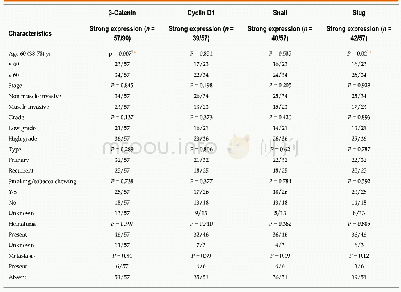《Table 4.Statistical comparison of half-and dry-hopping procedures to long-hopping procedure》
Using an a priori t test,it was clear that the greater hop flavor(5.2%)produced by the longhopping procedure than by the dry-hopping procedure was statistically significant.The greater bitterness produced by the long-hopping procedure compared with the dry-hopping procedure was not surprising given the much greater kettle addition of hops and resulting hop isomerization.The cause of the greater maltiness produced by the longhopping procedure compared with the dry-hopping procedure was not readily apparent but might be a result of less masking of malty flavors by aromatic compounds.Finally,the greater hop aroma derived from the use of dry hops as opposed to kettle hops was readily apparent.What is of more interest is that the dry-hopping procedure resulted in a mere1.5%more hop aroma than the half-hopping procedure.This seems to be a fairly clear indicator that the addition of more dry hops does not result in a corresponding increase in hop aroma.
| 图表编号 | XD00206545100 严禁用于非法目的 |
|---|---|
| 绘制时间 | 2018.10.15 |
| 作者 | 谷方红、Van Havig |
| 绘制单位 | Rock Bottom Breweries |
| 更多格式 | 高清、无水印(增值服务) |
 提示:宽带有限、当前游客访问压缩模式
提示:宽带有限、当前游客访问压缩模式





